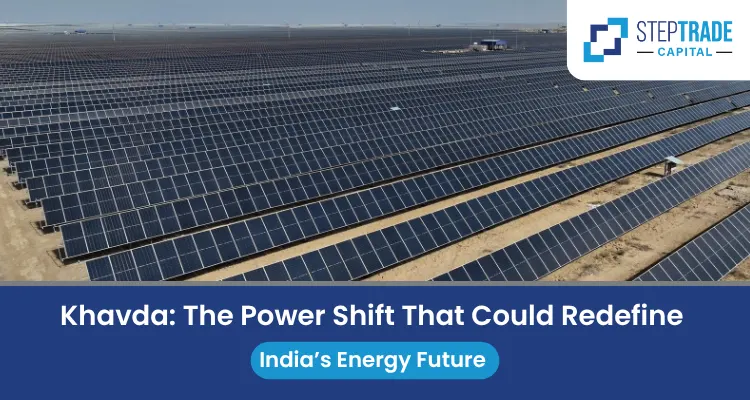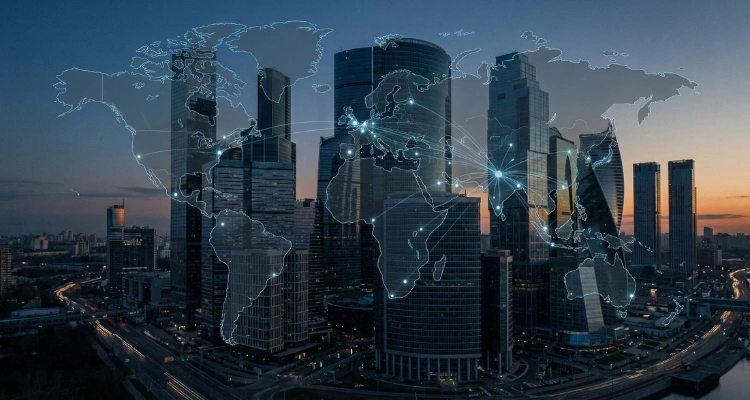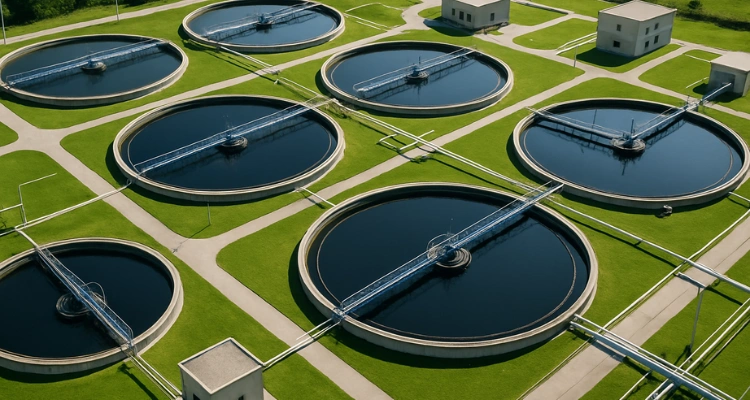One project. 30 GW of clean energy. A potential game-changer.
Deep in the Kutch desert of Gujarat, something extraordinary is taking shape - the Khavda Renewable Energy Park. Once completed, it will become the world’s largest renewable energy project, generating a staggering 30 gigawatts (GW) of power through a hybrid of solar and wind energy.
That’s enough to power roughly 16 – 18 million homes reshaping not just India’s energy landscape but also strengthening its position in the global clean energy movement.
Why Khavda Matters:
This isn’t just about producing more green power but rewriting India’s energy narrative.
A country once known as a major energy importer is now evolving into a clean energy innovator. Over the past decade, solar tariffs in India have dropped by nearly 80%, making solar not just environmentally sensible but commercially compelling. (Many reports confirm steep tariff declines in India’s solar sector.)
Such megaprojects reflect India’s transition from energy dependence to energy leadership. But the real opportunity lies in building out the ecosystem: expanding domestic manufacturing, scaling battery storage, strengthening transmission infrastructure, and innovating financing models to sustain momentum.
If executed well, Khavda could become a symbol of India’s clean energy ambitions, not just a power plant, but a blueprint for how the world’s emerging economies leapfrog fossil fuel models and lead in the energy transition.
Building the Ecosystem Around Khavda:
Projects of this magnitude are more than just energy generators; they are ecosystem builders and their success here will depend on a few critical enablers:
- Domestic Manufacturing: Scaling up local production of solar modules, wind turbines, and other critical components will reduce import dependency and create significant employment opportunities.
- Battery Storage: As renewable generation scales, energy storage becomes indispensable. Efficient battery systems will help manage intermittency and ensure round-the-clock energy reliability.
- Transmission Infrastructure: Strengthening India’s green power corridors is crucial for transporting energy from deserts like Kutch to demand-intensive industrial and urban centers.
- Innovative Financing: The next wave of clean energy growth will require blended financing models - combining public and private capital to make projects bankable and scalable.
A Model for the World
Khavda is not just another mega project; it’s a statement of intent. It signals that emerging markets like India are no longer followers in the global energy transition but are leaders shaping its direction. With the right balance between policy, infrastructure, and capital, Khavda could serve as a replicable model for other developing economies seeking to achieve sustainable growth without compromising economic opportunities.
For professionals across industries - from finance to infrastructure and technology; Khavda is a project worth watching. It represents not just a clean energy milestone but a paradigm shift in how nations can grow sustainably, create jobs, and attract long-term investments.
Khavda, at its core, is more than an energy project. It’s a symbol of ambition and proof that India’s journey from energy importer to energy innovator is already well underway.
At Steptrade Capital, we view projects like Khavda as more than infrastructure milestones; they are long-term catalysts for economic transformation.
The scale, innovation, and vision behind Khavda reinforce India’s commitment to energy independence and sustainability. For investors and policymakers alike, this marks the dawn of a new era - where clean energy and growth go hand in hand.














